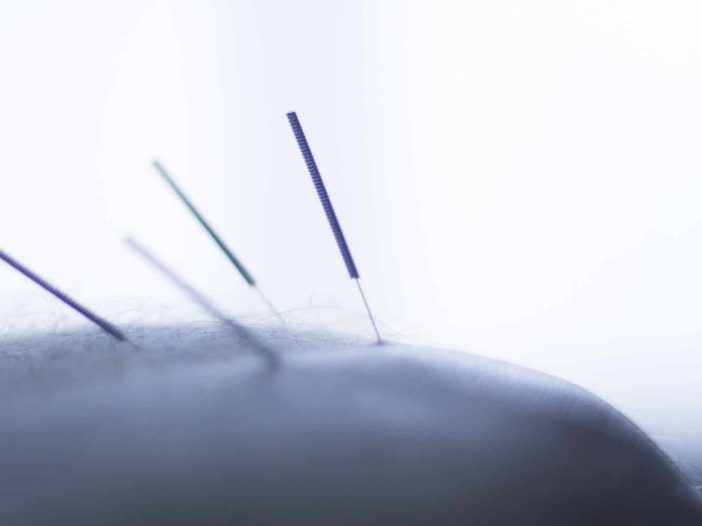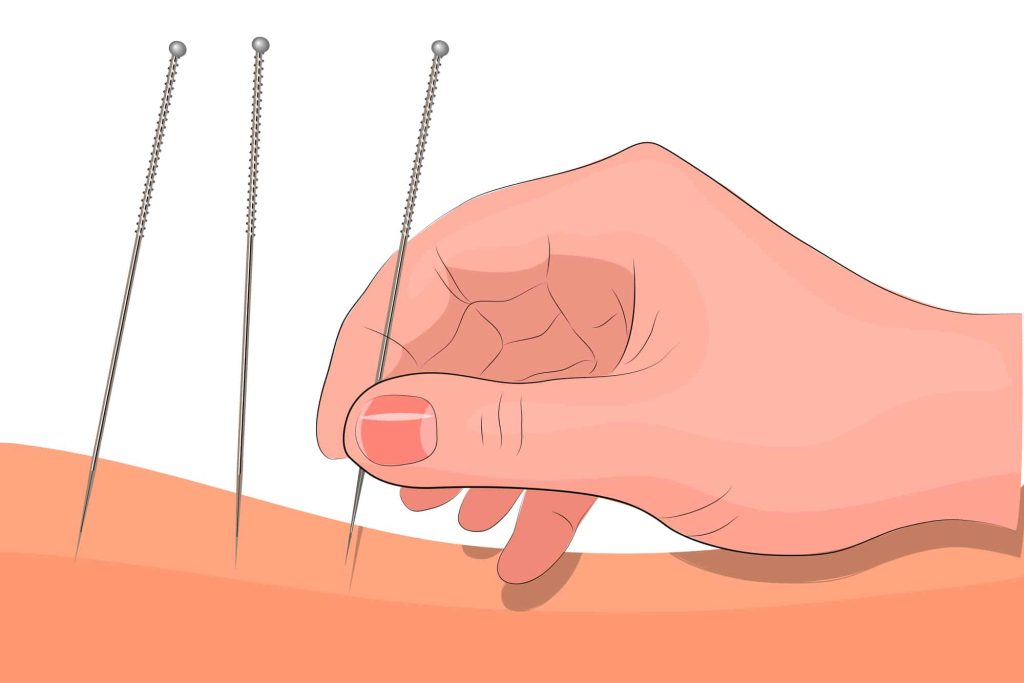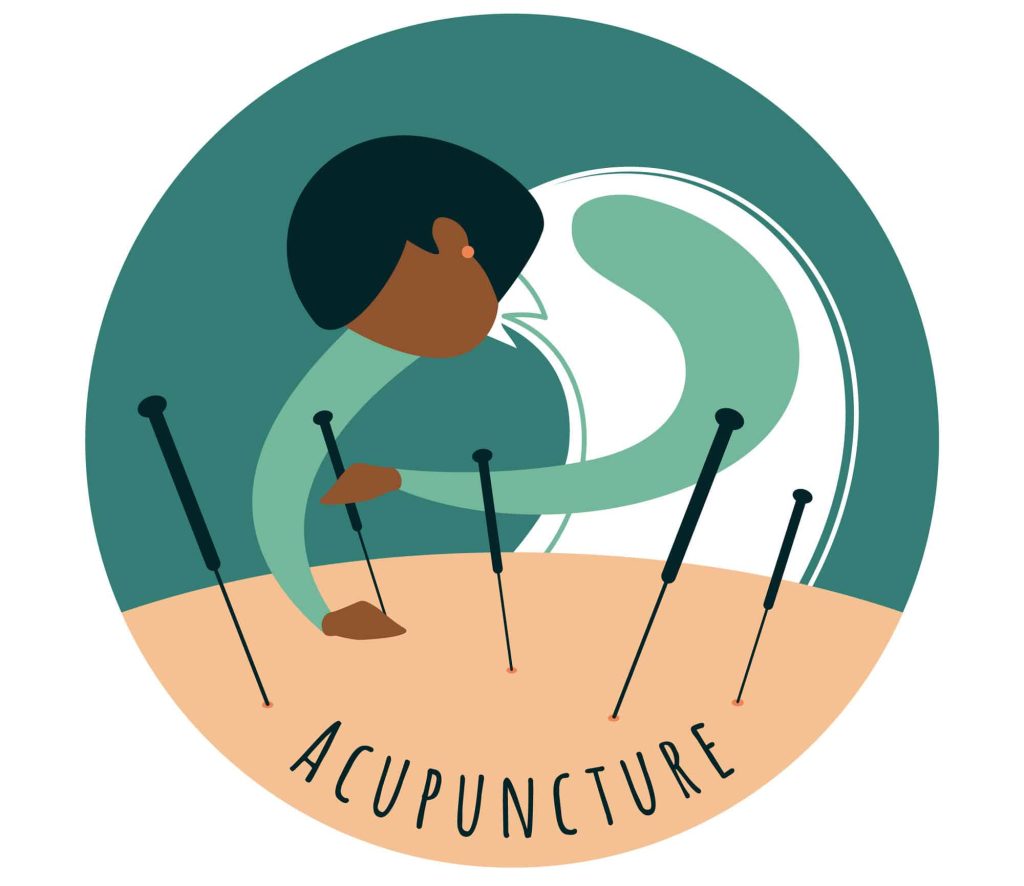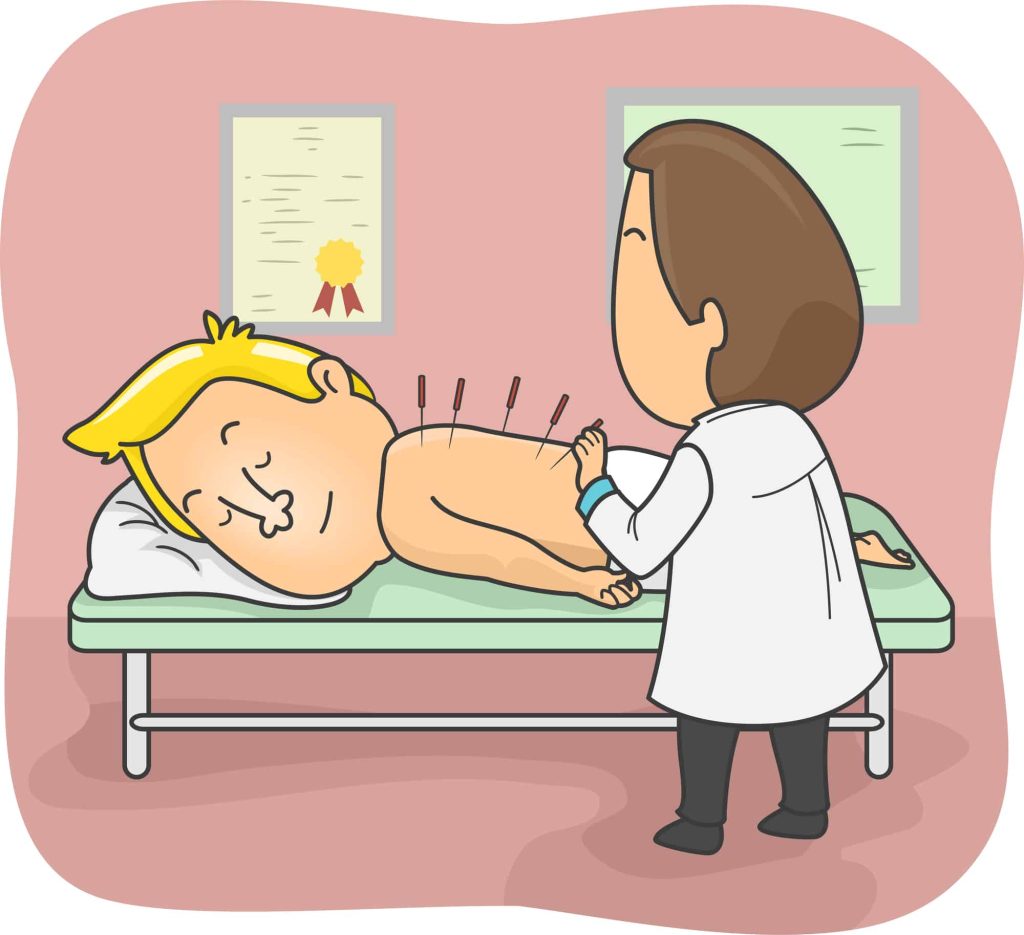
Although dry needling has become more common due to its consistent effectiveness in treating injuries, there are still many individuals with questions about dry needling.
You may have heard the term thrown around or maybe this is your first-time hearing about it.
Either way, let’s explore common questions that we at PRO Therapy get about dry needling.
What is Dry Needling?
Dry needling is an increasingly popular treatment that continues to show great outcomes with patients suffering from a wide variety of symptoms. Dry needling is performed by utilizing a small, thin needle to penetrate the skin to improve the environment of the designated area for healing.
The designated area is determined by a trained Physical Therapist, who, through their extensive assessment, determine the placement of the needle.
The common area targeted is usually muscles but more and more research are showing the effectiveness for not only muscles but joints, tendons, ligaments, and even scars.

How Does Dry Needling Work?
When inserted into the designated tissue, the needle stimulates a change in the environment. The effects boil down to three main improvements: increasing opioids to that area, improving inflammation, and causing vasodilation.
The increase in our own body’s opioids provides a natural pain relief without the side effects you get with medication.
With improving inflammation, the needle resets our bodies inflammation response to encourage better and faster healing. Finally, vasodilation, is a term for the opening of our blood vessels to assist in blood flow to the designated tissue.
This provides healing nutrients to the tissue and relaxation to the surrounding muscles.
More Blogs From PRO Therapy
Blood Flow Restriction Training: When Traditional Exercise Isn’t Working
Travel Pain: Headaches, Neck and Back Pain…Oh My!
Arthritis: What Is It?

Is Dry Needling the Same as Acupuncture?
Though dry needling and acupuncture use the same needles, they are not the same. Acupuncturists take a different approach with needle placement and treatment. They focus more on “chi” which is the energy flow that connects certain acupuncture points on the body to heal or correct the body.
Conversely, Physical Therapists use their physical examination and assessment to find the cause of your symptoms to guide them in their placement of needles.
What to Expect if Dry Needling is used in your PT Session?
Your Physical Therapist will work with you to find the source of your symptoms first. Then if needling is right for you and your symptoms, the Therapist will begin with 1 or 2 needles. From there, continued assessment of your symptoms will be considered which can result in more needles the following sessions.
Some sessions may include electrical stimulation to enhance the effects of the needles.
Your therapist can also use the needles in different ways. One of those may be taking the needle and leaving it sit in the designated tissue for 5 or more minutes.
Other ways include moving the needle around the tissue or twisting the needle to increase the affected treatment area. Research shows that dry needling is most effective when combined with other treatment such as manual therapies and exercises.
Therefore, expect your therapist to incorporate that in your sessions with dry needling as well.

Does Dry Needling Hurt?
A very common question patients ask is if dry needling hurts. Though you may feel some discomfort, our patients that have received dry needling say they wouldn’t call the sensation painful.
The words described by our patients for the sensation are achy, workout pain, crampy, etc.
The discomforts felt are usually met with symptom relief afterwards and therefore, patients don’t mind the minor ache as the results are significantly better.
For What Conditions And Where Can I Expect To Be Needled?
This all will, again, be assessed by your Physical Therapist who is highly trained in not only needling but all things related to how the human body moves.
In short, any muscle, ligament, tendon, joint or scar tissue can be needled. Some of the most common conditions that benefit the most from dry needling are: headaches, TMJ (jaw issues), neck pain, shoulder impingement, tennis or golf elbow, carpal tunnel syndrome, low back pain, sciatica, hip impingement, knee arthritis, plantar fasciitis, and many others.
Your therapist will work with you to decide if needling is right for you and your symptoms.
Conclusion
With research continuing to show the significant effectiveness of dry needling when incorporated into rehabilitation, there should be no surprise that this article won’t be the last time you will hear about dry needling.
If you have further questions or concerns about dry needling, check out our other two blog posts on dry needling or give us a call at 612-767-9917 to chat with one of our Doctors of Physical Therapy, completely complimentary!
We also offer complimentary discovery visits where you can meet with a DPT in person and ask any question while one of our therapists assesses your symptoms and walks you through the process of dry needling in person.
Do You Want to Be in Less Pain?
Maybe you’re left feeling Confused? Skeptical? Fearful? Anxious? Depressed? You’ve sought advice from other healthcare professionals, maybe even a Physical Therapist in the past, but nothing they seemed to say or do helped solve your problem.

